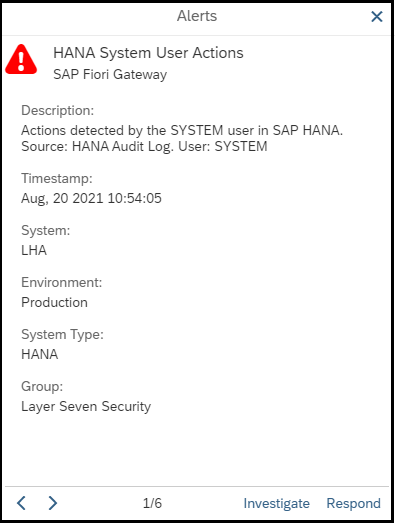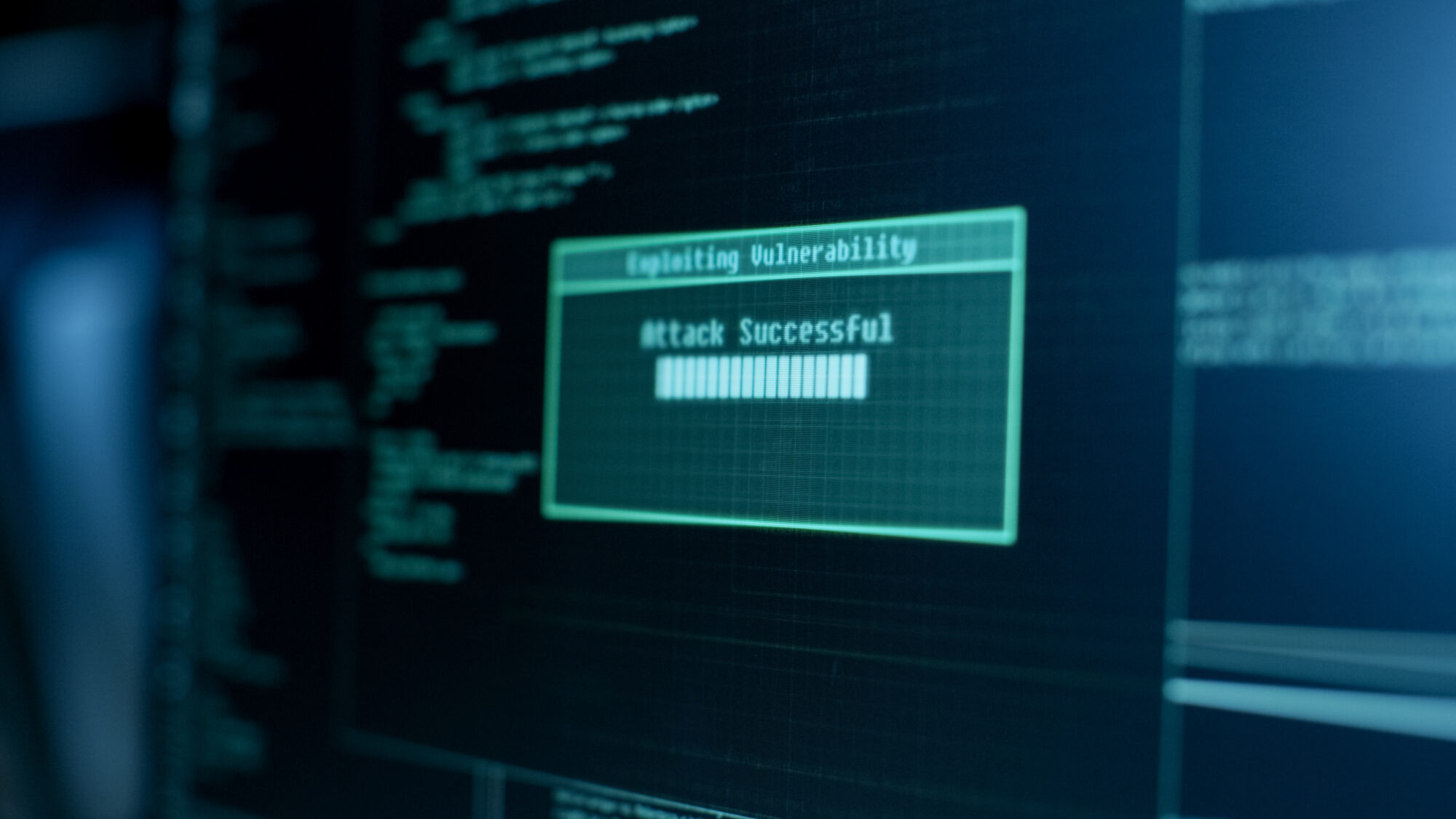30 Percent of Security Notes in System Recommendations are False Positives
System Recommendations (SysRec) in SAP Solution Manager automatically calculates relevant security notes for SAP systems based on the available software and application components in each system. It provides a cross-system view for required notes using a customizable, user-friendly interface.
The use of SysRec is recommended by SAP for the lifecycle management of notes. It connects directly to SAP Support to perform a daily or weekly check for new notes. It identifies prerequisite and side-effect notes. It also identifies support packages for notes. Corrections can be downloaded directly through SysRec and staged automatically in systems. SysRec integrates with Change Request Management (ChaRM) for applying notes. It also supports change impact analysis for test planning through integration with the Business Process Change Analyzer (BPCA). Usage statistics for impacted objects are included in SysRec through integration with Usage and Procedure Logging (UPL) and the ABAP Call Monitor (SCMON).
Despite these benefits, there is one major drawback for SysRec. Based on an analysis performed by Layer Seven Security, an average of 30 percent of security notes reported in SysRec are false positives. The notes are irrelevant since the impacted application components are not installed in the relevant SAP systems. The process of manually reviewing notes in SysRec in order to identify and remove false positives is time-consuming, especially for large SAP landscapes. It can also lead to delays in the implementation of corrections to address security vulnerabilities in SAP solutions.
SysRec calculates notes for systems based on software information sourced from the Landscape Managed Database (LMDB) in SAP Solution Manager. The LMDB includes details of software components and versions for each system. This information supports not only SysRec, but Root Cause Analysis and System Monitoring in Solution Manager, and the Maintenance Planner in the SAP Support Portal. The data is synched from the System Landscape Directory (SLD). Therefore, one of the root causes of false positives in SysRec is the incomplete registration of systems in the SLD and synchronization issues between between the SLD and LMDB. Other root causes are job or connection errors during the runtime for the SysRec calculation. The LMDB can be kept in sync with the SLD by using the resynchronization option in the LMDB. Job and connection errors can be identified and alerted for using Job Monitoring and Interface Connection Monitoring in SolMan.
However, system maintenance, synchronization, and monitoring does not remove all false positives in SysRec. This is often a major source of frustration for SAP customers. The Cybersecurity Extension for SAP automatically identifies and removes false positives in SysRec by validating if the application components for notes are installed in SAP systems. Security notes for components that are not installed are marked as ‘Irrelevant’. Irrelevant notes can be removed using filters to improve the quality and reliability of results in System Recommendations.

The Cybersecurity Extension for SAP also enriches SysRec results by including information such as the CVE, CVSS and Vector for each note. This information supports the analysis and prioritizing of security notes based on risk and impact.










